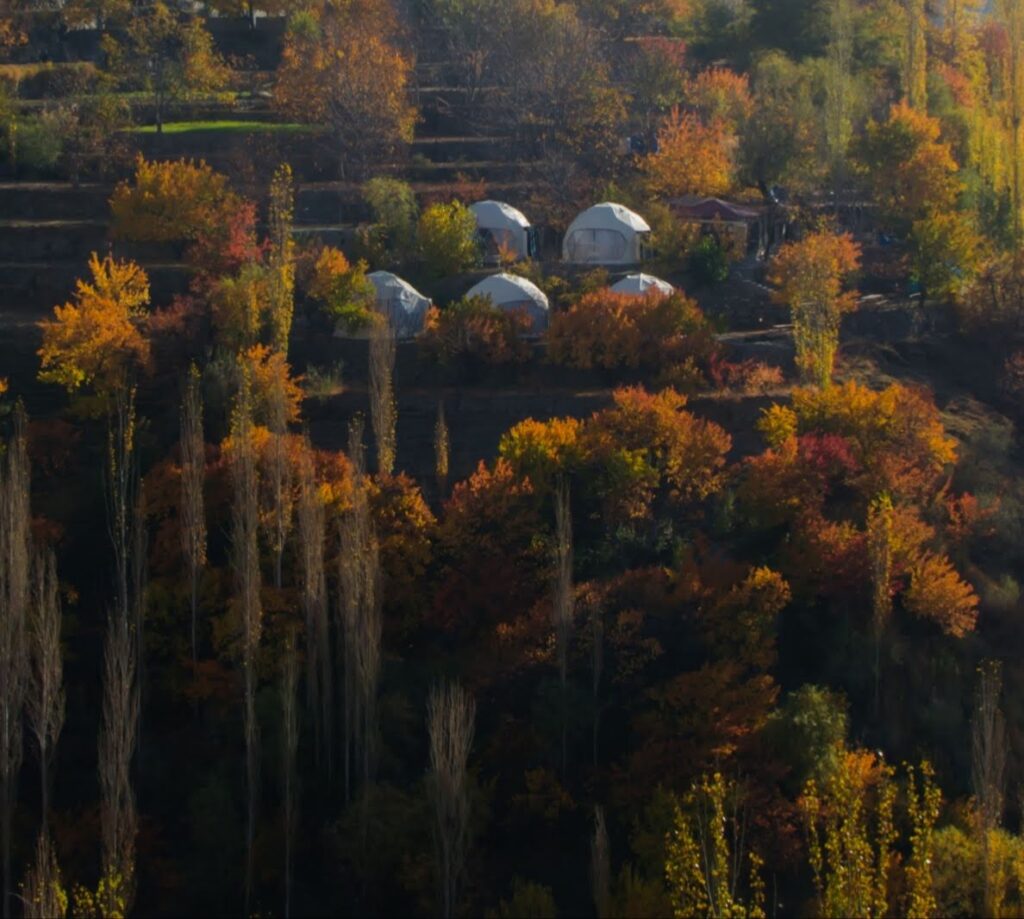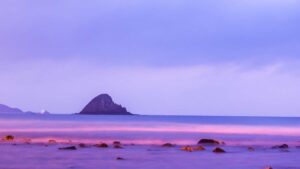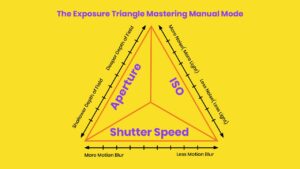Northern Pakistan is a photographer’s dreamland: soaring peaks, glacial lakes, dramatic landscapes, high-altitude passes, and kaleidoscopic seasonal changes. But timing is everything. To get your best frames — crisp skies, golden light, minimal haze — you need to know when to go. In this guide, we break down the best time to visit Northern Pakistan for photography, month by month, along with tips for gear, routes, and what to expect.
Why timing matters for photography in the North
Before jumping into months and seasons, here are the key factors that make timing so crucial for photography in Pakistan’s northern areas:
- Weather & clarity: Clear skies, low humidity, and minimal haze are ideal for mountain shots. The monsoon, winter storms, or cloud cover can ruin visibility.
- Accessibility: Many high mountain roads and passes (e.g. Babusar, Shandur, Khunjerab) are closed during winter or heavy snow.
- Light & daylight: Longer days in summer give more shooting hours; in autumn and spring, the softer light is gentler on landscapes.
- Seasonal effects: Flower blossoms in spring, lush greenery in summer, fall colors in autumn, snow in early/late winter — each season offers its own palette.
- Crowds & cost: Peak season (mid-summer) brings many tourists, higher costs, and more competition for viewpoints. Shoulder seasons often bring more tranquility.
With those in mind, let’s break down the best months to visit, from ideal windows to alternatives.
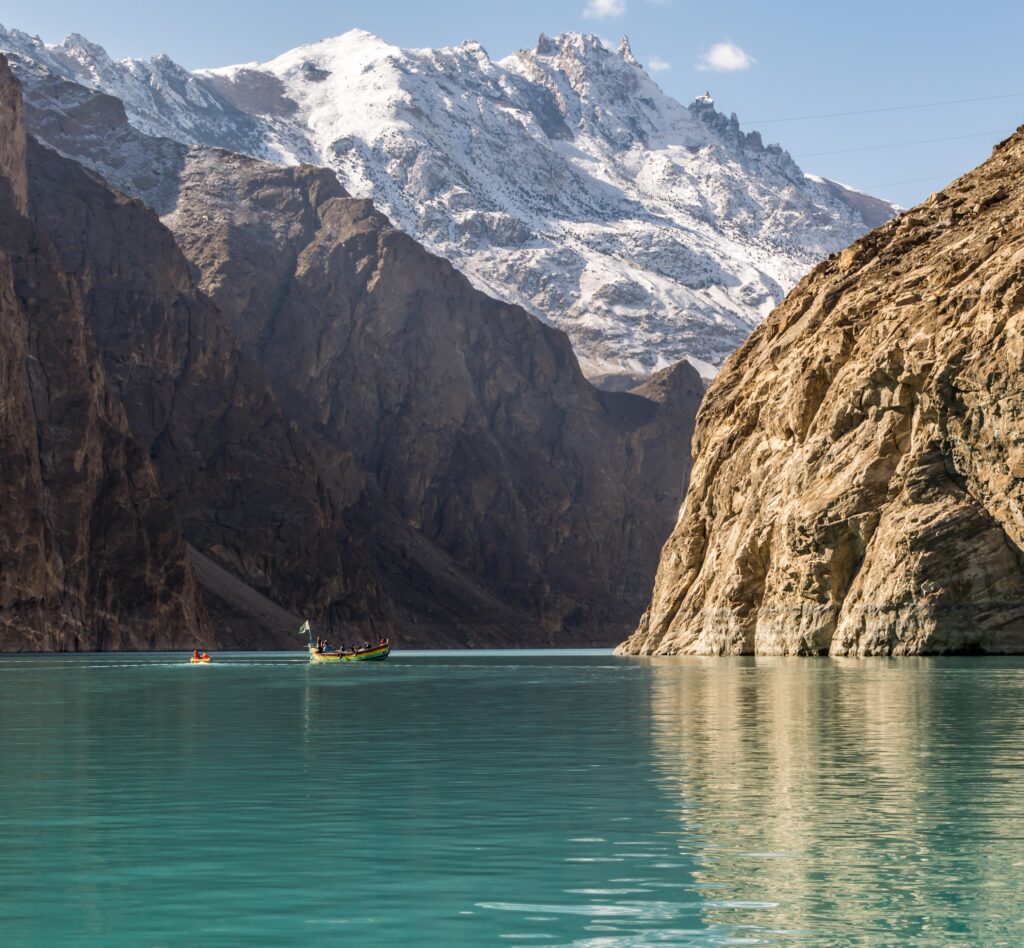
Best months & seasons for photography in Northern Pakistan
May to July (Late Spring / Early Summer) — the classic window
Pros:
- Most mountain passes open (often by May).
- Snow is receding; rivers swell, waterfalls are active, and alpine meadows bloom.
- Clear skies and warm daytime weather make trekking and location shooting easier.
- Ideal for high-altitude locations like Fairy Meadows, Hunza, Skardu, and Deosai.
- In early May & late June, you still avoid the peak crowd rush.
Cons:
- By late July, monsoon influence may begin creeping in (especially in August) — clouds, occasional rain.
- At the height of summer, many domestic tourists flood in, and accommodations can become expensive.
September to October — the underrated gem
Often overlooked, autumn blends many ideal conditions for photography.
Pros:
- Fall colors: Valleys light up in oranges, reds, and golds (especially Hunza, Nagar, Skardu, Phander).
- Clear skies become more consistent after the monsoon season fades.
- Cooler, crisper air yields sharper horizons and better contrast in images.
- Fewer tourists and calmer at viewpoints, lodges, and camps.
- More favorable prices for accommodation and local services.
Cons:
- As October proceeds, higher passes like Babusar may start to close.
- Nights become chilly; you might face frost or early snow at elevation.
March to mid-April — blossom & awakening (for early-season lovers)
Pros:
- The blossoming season (apricot and cherry) brings soft pastel tones to valleys, especially in Hunza, Gilgit, and Nagar.
- Moderate temperatures in lower elevations, fewer crowds, budget-friendly travel.
- Good for capturing transitional landscapes (ice melt, patchy snow) and intimate close-ups of flora.
Cons:
- Many roads and high passes remain closed due to snow (especially beyond mid-April).
- Weather can be unstable, with light snow, sudden clouds, or rain.
- High-elevation shoots (glacial lakes, passes) may still be inaccessible.
What about winter (November to February)?
For most photographers, winter is not ideal for Northern Pakistan, with a few possible exceptions.
- Most roads and mountain routes are blocked by snow.
- Harsh cold, limited daylight, risk of avalanches, and closures of guesthouses make logistics difficult.
- However, for very niche photography (snow-covered landscapes, frozen lakes, dramatic winter moods) and strong winter gear, you could still capture moody, minimalistic shots — but expect serious challenges.
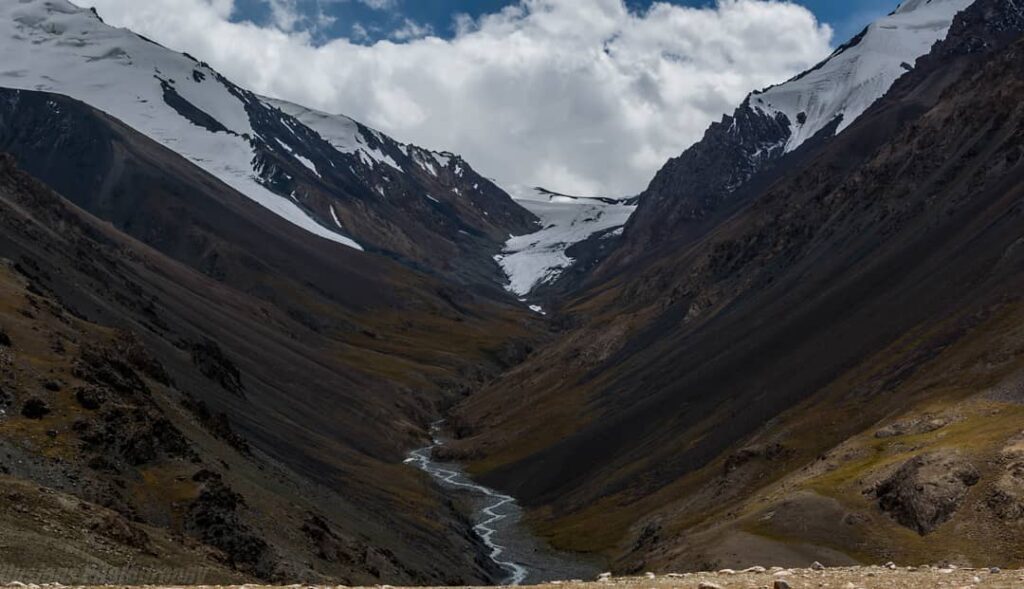
Month-by-month quick reference
Month | Best for | Considerations |
March–April | Blossoms, intimate light, fewer crowds | Limited access to high-altitude areas |
May | Opening of passes, crisp, clear light | Some residual snow or cold pockets |
June–July | Peak trekking, blue skies, alpine meadows | Very crowded toward July; monsoon creeping |
August | Risky due to monsoon — cloudy, rain-prone | (Not recommended) |
September | Best compromise — colors + clarity + calm | Night temperatures drop |
October | Foliage, soft light, less tourist pressure | Pass closure risk late in the month |
Nov–Feb | Niche winter shots | Extremely harsh conditions, limited access |
Top photography locations & seasonal tips
- Hunza Valley & Karimabad: Stunning year-round, but October gives peak fall color, while May–July gives full green and clarity.
- Fairy Meadows / Nanga Parbat: Best shot between June and September, avoid heavy clouds in late summer.
- Kharfaq Lake: Reaches its peak water level by mid-July; earlier months may have lower water levels.
- Manthokha Waterfall (Skardu area): Best in summer (June–August) when melting snow feeds rivers.
- Handarap Lake / Shandur / Phander: These are more accessible mid-summer to early fall and give mirror reflections when winds are calm.
- Dudipatsar Trail (Kaghan region): Accessible mid-June to late September.
Tip: For mirror-like lake reflections, shoot in early morning (before the wind picks up) in summer or autumn.
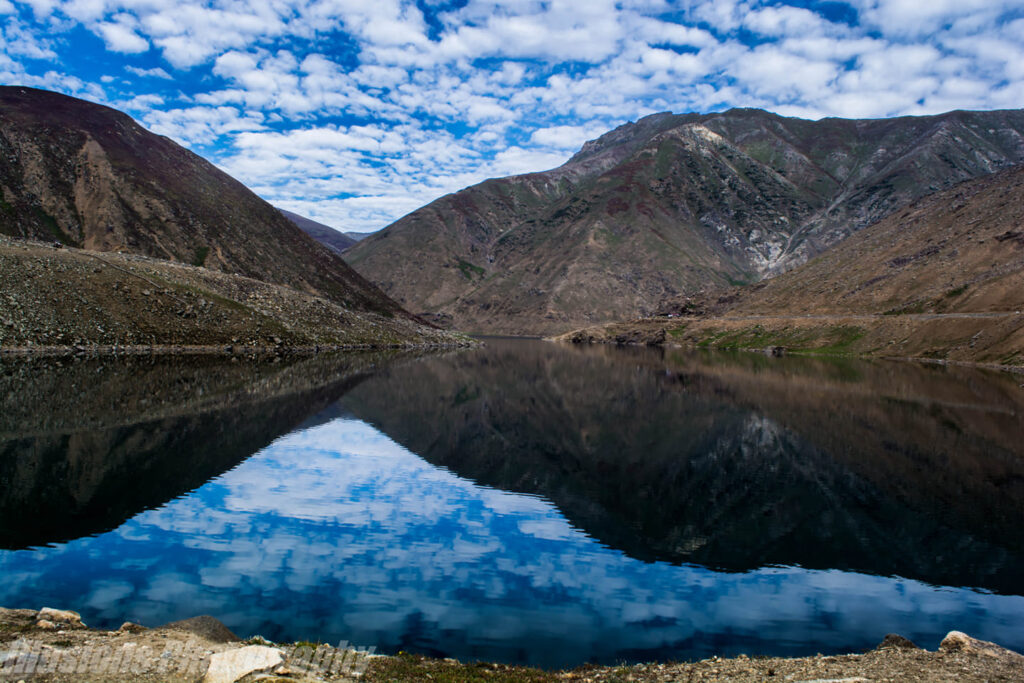
Photography & logistics tips for your trip
- Shoot during golden hours
In mountain regions, sunrise and sunset shadows change fast. Plan to be at your desired viewpoint well before the golden hour begins. - Weather flexibility
Even in “good” months, clouds and rain may intrude. Build buffer days and prioritize your must-shoot locations earlier in your route. - Altitude acclimatization & safety
Many places are above 3,000 m. Give your body 1–2 rest days at mid-altitude before pushing to high camps. - Equipment checklist
- Wide-angle lens (14–24 / 16–35) for landscapes
- Telephoto or zoom (70–200 or 100–400) for distant peaks, patterns
- ND filters and polarizers (for lakes, reflections, long exposures)
- Tripod (rigid, manageable weight)
- Extra batteries (cold drains battery faster)
- Rain/dust covers
- Lens cleaning kit (dust / moisture is common)
- Backup & storage
Carry multiple memory cards; offload when possible. In remote camps, power is limited—carry a portable charger or solar panel. - Accommodation & permits
In autumn, some guesthouses begin closing; plan ahead. Also, check if you need permits (especially for restricted zones) well in advance. - Local guides & transportation
Hiring a local guide or driver with mountain experience is highly recommended, especially to reach hidden viewpoints off main roads.
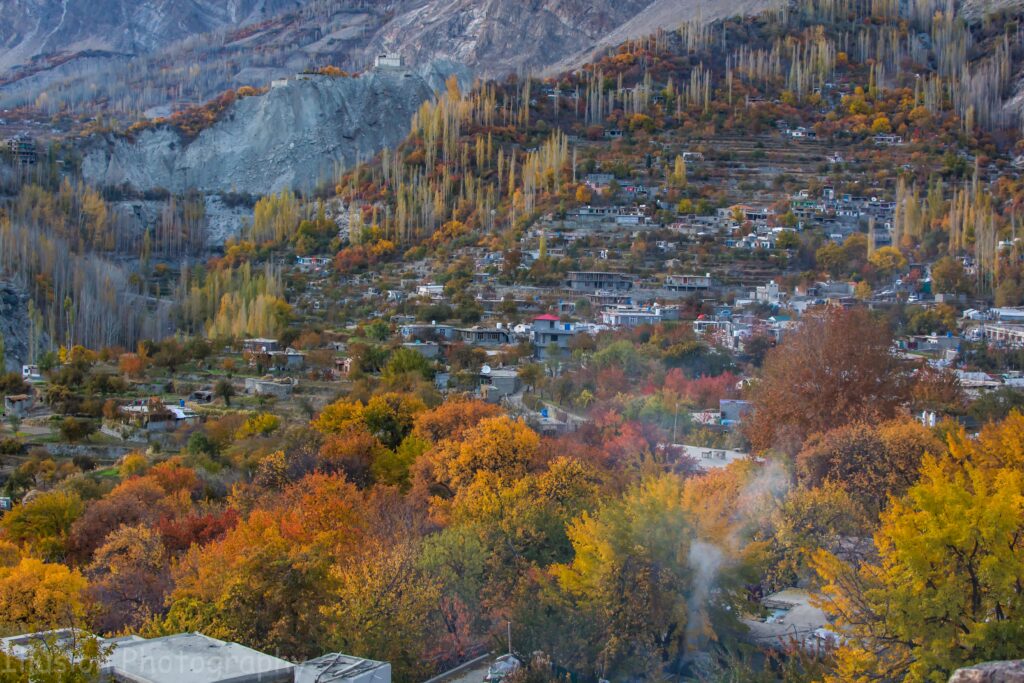
Conclusion: When is the best time?
If we were to pick one window, late summer through early autumn (September to early October) stands out as the best time to visit Northern Pakistan for photography. In that span, you enjoy a rare sweet spot: lingering warmth, clear skies, diminishing monsoon effects, dramatic autumn colors, and fewer crowds. But for those whose focus is high-altitude trekking, glacier shots, or alpine meadows, May through July remain brilliant months — just with more competition and risk of rainy days.
FAQs
- What is the best time to visit Northern Pakistan for photography?
The best time to visit Northern Pakistan for photography is from September to early October. During this period, the weather is clear, valleys are painted in autumn colors, and crowds are fewer — perfect for capturing stunning landscapes.
- Which months are ideal for capturing snow-covered mountains?
For snow-covered landscapes, plan your trip between December and February. However, note that many mountain passes may be closed, so choose accessible areas like Murree, Naltar, or parts of Hunza.
- When is the blossom season in Northern Pakistan?
The spring blossom season usually begins in late March and continues through mid-April. Valleys like Hunza, Nagar, and Skardu come alive with cherry, apricot, and apple blossoms — ideal for soft, colorful photography.
- What are the best photography spots in Northern Pakistan?
Top photography spots include Hunza Valley, Fairy Meadows, Skardu, Phander, Deosai Plains, and Khunjerab Pass. Each location offers unique perspectives — from glacier-fed lakes to snow-capped peaks and vibrant local life.
- Is autumn a good season for photography in Northern Pakistan?
Absolutely! Autumn (September–October) is considered the golden season for photographers. The foliage turns red, yellow, and orange, providing vibrant contrast against blue skies and snowy peaks.
- Are summers good for photography in Northern Pakistan?
Yes, May to July is great for photographers who want lush greenery, blooming meadows, and clear skies. However, expect more tourists and slightly higher accommodation prices during this peak season.
- What is the weather like in Northern Pakistan in September?
September brings mild days and cool nights, clear skies, and bright light — ideal for landscape and portrait photography. The monsoon season has usually ended, ensuring minimal rain and better visibility.
- Which camera gear should I carry for Northern Pakistan photography?
Pack a wide-angle lens (16–35mm) for landscapes, a telephoto (70–200mm) for distant peaks, ND filters, a sturdy tripod, extra batteries, and rain covers. The varied terrain demands versatile equipment for every light and scene.
- Are drones allowed in Northern Pakistan for photography?
Drone use is restricted in certain areas, especially near border regions and military zones. Always check local regulations or seek permission before flying a drone to avoid fines or confiscation.
- Can I visit Northern Pakistan for photography in winter?
Yes, but only if you’re prepared for extreme cold and limited accessibility. While most routes close due to snow, regions like Skardu and Hunza still offer breathtaking winter scenes with frozen lakes and snow-laden villages.
